Global warming pushes science to the limits
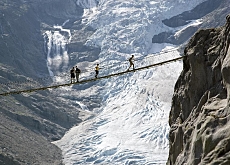
Scientists may be fighting a losing battle in their efforts to keep pace with the fast rate of change to mountain environments caused by rising temperatures.
There was a sense of urgency at the International Disaster Reduction Conference in Davos this week and a belief that an integrated approach was needed to prevent huge loss of life.
“We observe that the threat is not necessarily increasing but is definitely changing,” geography researcher Christian Huggel of Zurich University told swissinfo.
“People have knowledge of [dangers and danger zones based on events of] centuries past but we’re crossing the border into an environment which has – historically – never been experienced and this is a big problem.”
The Swiss scientist said one of the new threats was what he called “large slope instabilities” caused by thawing permafrost which could set off “rock and ice avalanches impacting naturally and artificially dammed lakes, generating impact waves and floods”.
The United Nations Educational, Scientific and Cultural Organization recently issued a strong warning that rapidly melting ice sheets in the Himalayas have formed numerous glacial lakes – around 4,000 in Nepal and Bhutan alone – which threatened to burst.
An Indian expert told the Davos conference that a “glacial lake outburst flood” in Nepal in 1985 killed nearly 10,000 people. Not only life but also livelihoods are at risk, Dipayan Dey of the South Asian Forum for Environment said.
Flooding “spoils the agro-environment of watersheds, rendering hundreds of marginal farmlands uncultivable… shuts down communications and… forces human displacement”.
What Huggel, Dey and other members of the scientific community studying mountain hazards agreed on in Davos was the need to work more closely to prevent the devastation of inhabited areas.
Cross border
The European Union has become involved by funding cross-border projects to develop and improve remote monitoring systems, including the use of satellites, and to create common approaches for the definition of both hydrological and geological risk scenarios.
Perhaps the most ambitious project is “Assist”, an idea to set up a pan-European crisis management centre. Its ultimate goal is to improve decision-making and the co-ordination of disaster relief activities.
The centre would be virtual, operated by organisations in participating countries enabling them to feed in data and have access to information from their partners.
“The main challenge in integrated projects is to make best use of existing data,” Ulli Leibnitz of the German company, VCS Engineering, told swissinfo about Assist.
Interact
“If you want to interact across borders, you have to overcome national laws, national protection of data and other national interests, so the solution is not to implement one centre in one country because politics would come into play.
“But technically, as a virtual centre we would provide the standards and the interface definitions showing organisations how to interact so they can react quickly to events.”
Huggel added that cost-effective measures were needed to monitor the rapid changes taking place in mountain regions. He said developing countries often lacked the financial resources, but even in countries like Switzerland, funding could not keep pace.
There is also a worrying trend in the Alps towards more development in areas perceived to have been made safe by the construction of natural hazard barriers.
The scientists said the authorities were under pressure to reclassify hazard zones to permit building in these areas, but the jury was still out on the effectiveness of the barriers.
swissinfo, Dale Bechtel in Davos
The conference (August 27-September 1) is jointly organised by the United Nations International Strategy for Disaster Reduction, the UN Educational, Scientific and Cultural Organization (Unesco), the Global Alliance for Disaster Reduction and the Global Disaster Information Network.
The main sponsor is the Swiss Agency for Development and Cooperation.
Around 20% of the Swiss population lives in areas considered “alpine terrain”, and are therefore at risk from avalanches and other kinds of debris flows.
Swiss snow and hydrology experts have begun a project to transfer knowledge used to devise an avalanche warning system to develop a model in order to forecast flooding in mountain catchment areas.
The main challenge facing the Federal Institute for Forest, Snow and Landscape Research is the much shorter warning times. Torrential rains can cause flooding in less than an hour.

In compliance with the JTI standards
More: SWI swissinfo.ch certified by the Journalism Trust Initiative

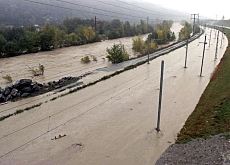
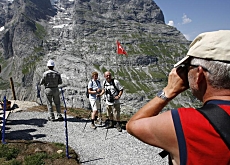
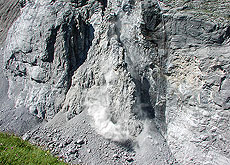
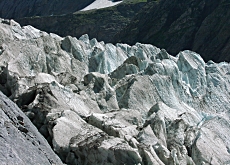
You can find an overview of ongoing debates with our journalists here. Please join us!
If you want to start a conversation about a topic raised in this article or want to report factual errors, email us at english@swissinfo.ch.